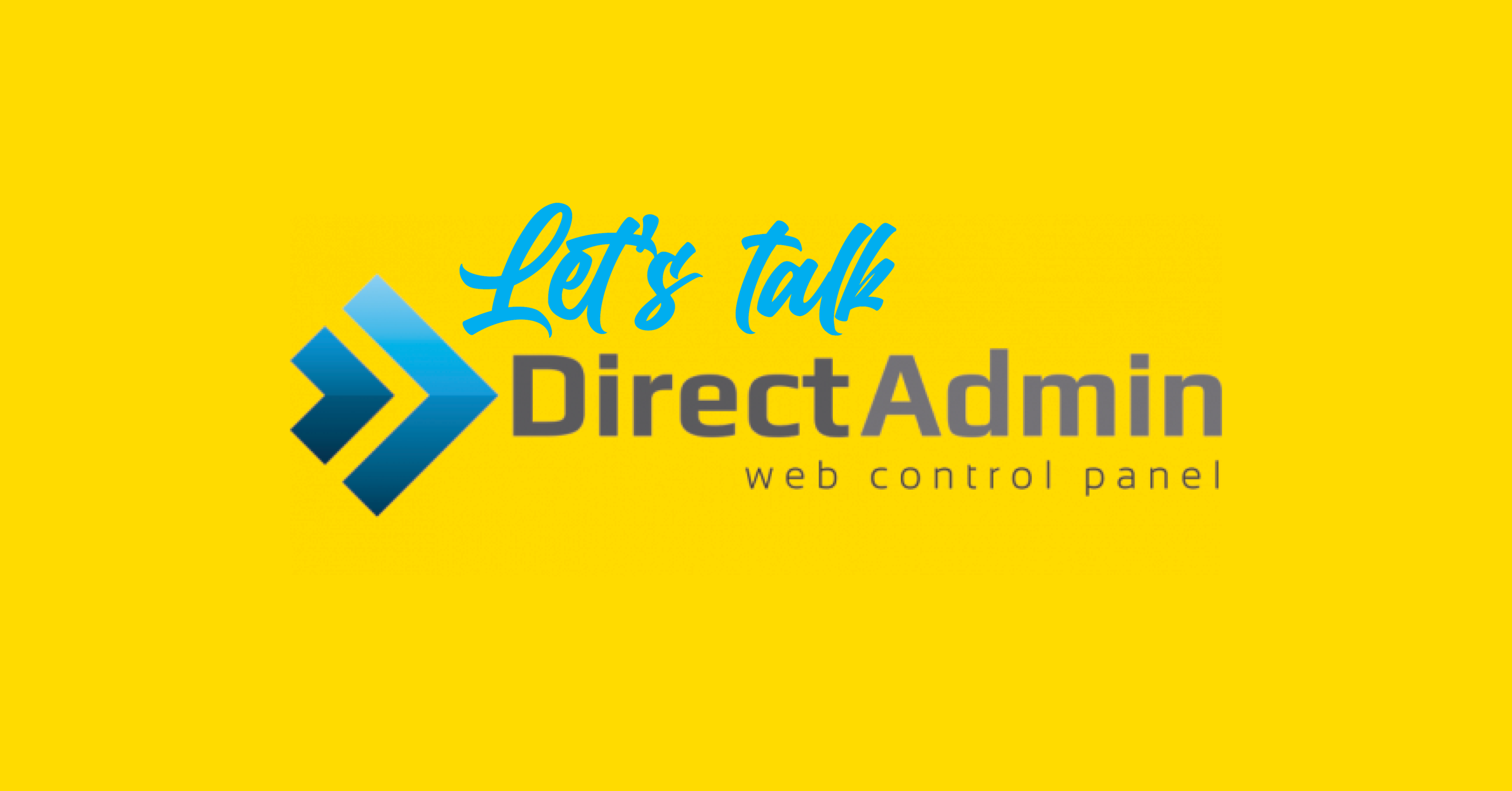DirectAdmin’s control panel provides users with a simple and intuitive interface to manage all aspects of their web hosting environment. Users have access to a range of features, including the ability to create and manage email accounts, FTP accounts, and databases. The control panel also allows users to install and manage a wide range of web applications, including popular content management systems like WordPress and Joomla. With it’s control panel, users have everything they need to manage their web hosting environment in one convenient location.
Table of Contents
Here’s a guide to the key features you’ll need to navigate as a new user:
1. DirectAdmin Dashboard Overview

- When you first log in, you’ll be greeted by the main directadmin dashboard. This is your control center where you can access all the tools and features provided by DirectAdmin.
2. Account Manager
- Domain Setup: Here, you can add new domains or subdomains and manage existing ones. It’s where you start when setting up a new website.
- FTP Management: Set up and manage FTP accounts for uploading files to your server.
- MySQL Management: Create and manage databases for your website. Essential for sites that rely on a CMS like WordPress.
- File Manager: A built-in tool that allows you to upload, edit, and manage your website files directly from the dashboard.
- Site Summary / Statistics / Logs: Access detailed statistics about your website’s traffic, errors, and more. This helps in monitoring your site’s performance.
3. Email Manager
- Email Accounts: Create and manage email accounts associated with your domain (e.g., you@yourdomain.com).
- Autoresponders: Set up automatic responses for emails received by a particular account.
- Forwarders: Redirect emails from one address to another, which can be useful if you want emails sent to different addresses to go to a single inbox.
- MX Records: Manage the mail exchange records for your domain, essential for routing your emails correctly.
4. Advanced Features
- Cron Jobs: Schedule automated tasks, such as running scripts at specific times. Useful for maintenance tasks or routine updates.
- PHP Settings: Customize the PHP version and settings for your domain, which can be necessary for certain web applications.
- SSL Certificates: Manage SSL certificates for your domains, which are critical for securing your website (HTTPS).
5. Extra Features
- Softaculous Auto Installer: This feature simplifies the installation of web applications, such as WordPress, Joomla, and other CMS platforms. With a few clicks, you can install and configure your chosen software.
- Site Redirection: Set up redirects from one URL to another. This is helpful for managing outdated pages or changing your site structure.
6. User Management
- User Password: Change your DirectAdmin account password.
- Subdomain Management: Create and manage subdomains under your main domain.
- DNS Management: Modify DNS settings, such as adding A records, CNAMEs, or MX records.
7. System Information & Files
- File Manager: Another way to access your files, allowing you to upload, edit, and organize your website files.
- File Editor: Allows you to directly edit files on your server, such as HTML, PHP, or CSS files, from within DirectAdmin.
- System Information: Get detailed information about your server’s resources, such as disk space usage, bandwidth, and more.
8. Support & Help
- Message System: Communicate with your hosting provider or access important system messages and notifications.
- Help / Documentation: Access the DirectAdmin documentation and help files to learn more about specific features.
9. Security Settings
- IP Management: Restrict or allow access to your website or DirectAdmin panel based on IP addresses.
- SSL Certificates: Manage SSL certificates, including issuing free Let’s Encrypt certificates, to secure your website.
10. Log Out / Switch Users
- At the top of the dashboard, you’ll find options to log out or switch between user levels (e.g., from a user to a reseller or admin level if you have multiple accounts).
Tips for New Users:
- Explore Safely: Don’t be afraid to click around, but be cautious with settings you don’t fully understand, especially in areas like DNS management or PHP settings.
- Use Help Resources: DirectAdmin includes helpful documentation and tooltips. Use them if you’re unsure about a feature.
- Backup Regularly: Familiarize yourself with the backup options under the Site Backup feature to protect your data.
By mastering these key features, you’ll be well-equipped to manage your website effectively using the DirectAdmin dashboard.

